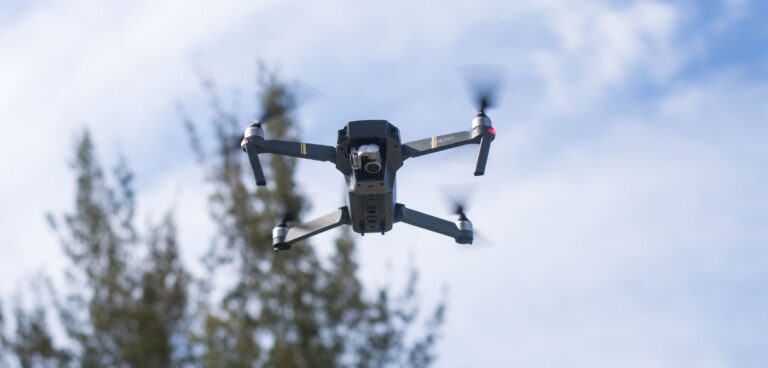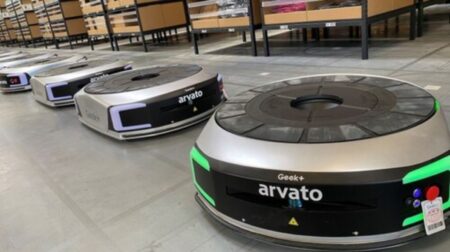Researchers from University of Tsukuba in Japan have developed a microwave propulsion system for unmanned aerial vehicles (UAVs) and demonstrated the wireless power transmission process.
The team were looking to solve current limitations of space flight by creating a method of wirelessly transmitting power to a rocket, with results published in Journal of Spacecraft and Rockets.
Previous studies, carried out years ago, focused on microwaves of a frequency in the low gigahertz (GHz) range. As power transmission efficiency increases as the operating frequency is raised, the team used microwaves with a relatively high frequency (28GHz).
During the trial, the researcher’s UAV, weighing around 0.4kg, hovered for 30 seconds at a height of 0.8m above the source of a microwave beam.
“We used a sophisticated beam-tracking system to ensure that the drone received as much of the microwave power as possible,” said lead author Kohei Shimamura.
“Moreover, to further increase the transmission efficiency, we carefully tuned the phase of the microwaves using an analogue phase shifter that was synchronised with GPS units.”
The researchers measured the efficiencies of the power transfer through the beam (4%); the capture of microwaves by the drone (30%); the conversion of microwaves to electricity for propulsion (40%), and other relevant processes.
Based on this information and an analytical formula, they calculated the overall power transmission efficiency in their experiment was around 0.43%.
For comparison, in a previous study the team measured the total transmission efficiency for a fixed-position (rather than free-flying) UAV to be 0.1%.
“These results show that more work is needed to improve the transmission efficiency and thoroughly evaluate the feasibility of this propulsion approach for aircraft, spacecraft and rockets,” Shimamura added.
“Future studies should also aim to refine the beam-tracking system and increase the transmission distance beyond that demonstrated in our experiment.”









